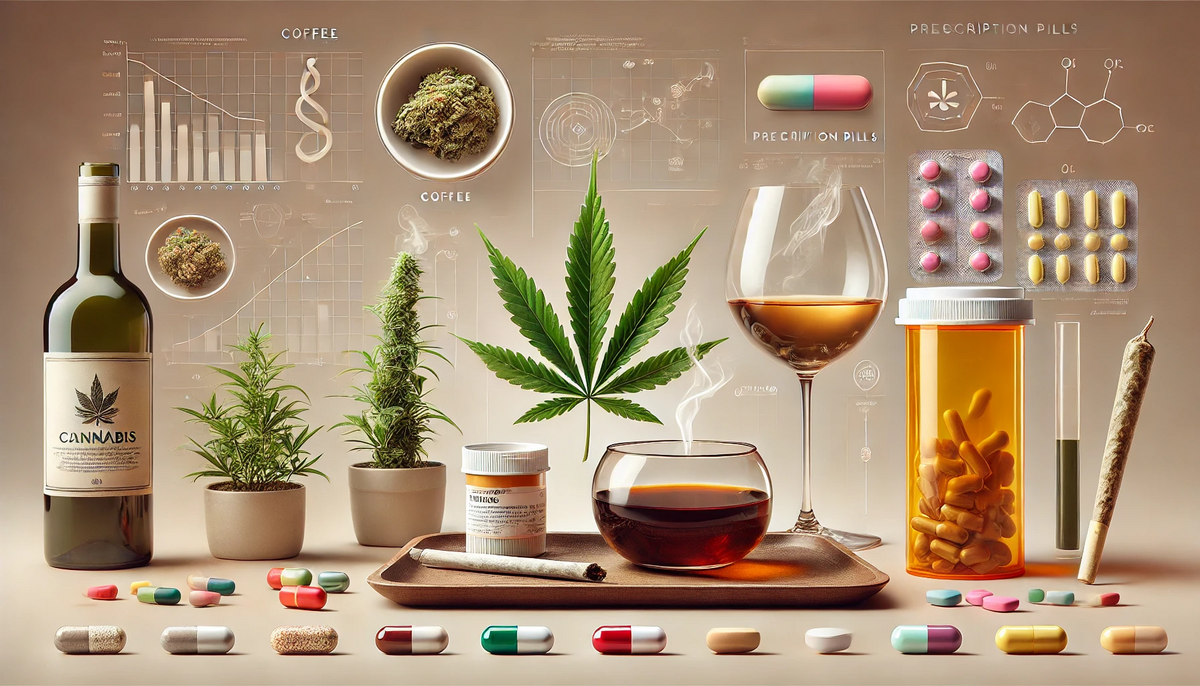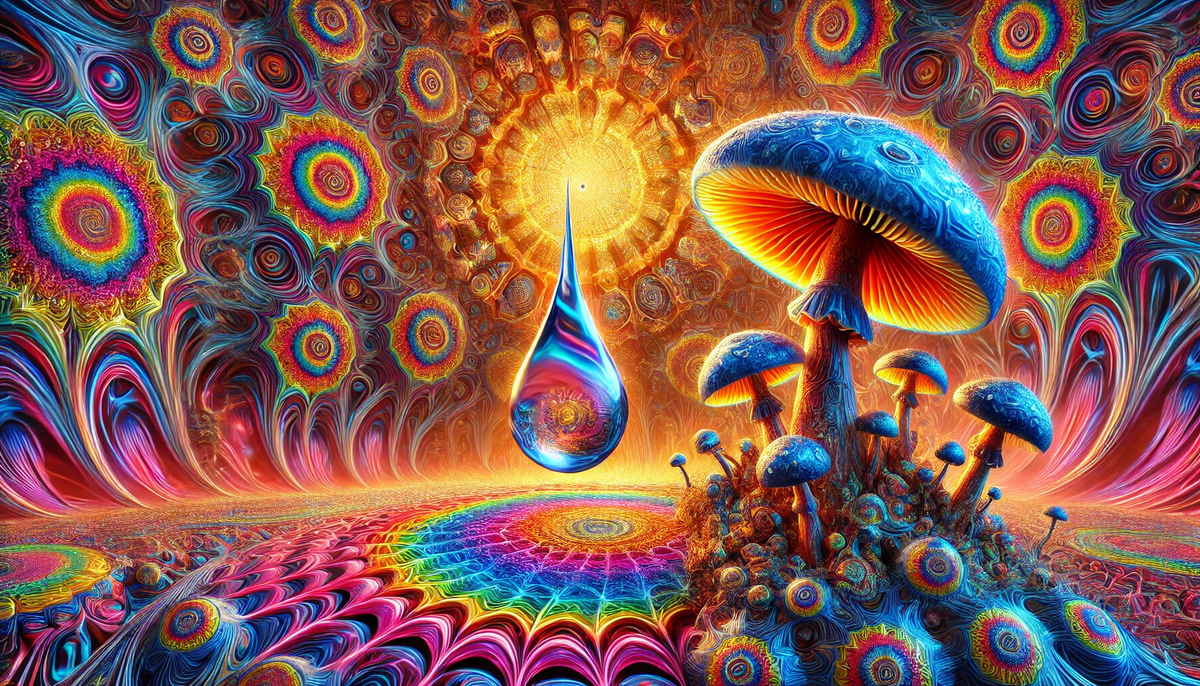
The cannabis industry often navigates a maze of terminologies, particularly when discussing the effects of various compounds. Understanding the distinctions between psychoactive, psychotropic, and psychedelic substances is vital for professionals, policymakers, and consumers alike. Here, we break down these terms, their significance, and their implications for the UK’s evolving cannabis industry.
Psychoactive Substances
Psychoactive substances broadly affect the mind or behaviour by altering mood, perception, or consciousness. This category encompasses stimulants like caffeine, depressants such as alcohol, and cannabinoids found in cannabis. Psychoactive effects range from subtle mood enhancements to more profound shifts in perception and awareness.
In the UK, the Psychoactive Substances Act 2016 governs the production, supply, and importation of substances intended for human consumption that have psychoactive effects. The legislation aims to tackle synthetic compounds and so-called “legal highs” that mimic the effects of controlled drugs. However, exceptions are made for alcohol, nicotine, caffeine, and licensed medicinal products.
In cannabis, compounds like THC (tetrahydrocannabinol) are the primary contributors to psychoactive effects, producing the characteristic “high”. Conversely, CBD (cannabidiol), another cannabinoid, is not considered psychoactive in the traditional sense, as it does not induce intoxication but may promote relaxation and alleviate anxiety.

Psychotropic Substances
Psychotropic substances specifically alter mental states, influencing mood, perception, cognition, or behaviour. This narrower category includes a range of medications prescribed for psychiatric conditions, such as antidepressants, anxiolytics, and antipsychotics, as well as certain recreational drugs.
Cannabis’s psychotropic properties stem mainly from THC, which can produce euphoria, relaxation, altered sensory perception, and, in some cases, paranoia or anxiety. It is these properties that make cannabis a controlled substance under UK law, although its medical use is permitted under specific conditions. For instance, cannabis-based medicines like Sativex and Epidyolex are prescribed for conditions such as multiple sclerosis and certain forms of epilepsy.
Understanding cannabis’s psychotropic potential is essential for differentiating between recreational use and medical application. Medical cannabis, regulated and prescribed, offers therapeutic benefits without the unintended psychoactive side effects associated with uncontrolled use.

Psychedelic Substances
Psychedelic substances represent a unique subset of psychotropic drugs known for inducing profound alterations in sensory perception, thought patterns, and states of consciousness. Classic examples include LSD (lysergic acid diethylamide), psilocybin (found in “magic mushrooms”), and DMT (dimethyltryptamine).
While high doses of cannabis may produce effects akin to psychedelics, such as visual distortions or deep introspection, cannabis is generally not classified within this category. However, the growing interest in psychedelics for therapeutic purposes, particularly in treating depression, PTSD, and addiction, is influencing discussions around cannabis research and applications.
In the UK, psychedelics remain largely illegal under the Misuse of Drugs Act 1971. Nonetheless, ongoing clinical trials and global regulatory shifts, such as the decriminalisation of psilocybin in parts of the US, are sparking debates about their potential role in modern medicine. Understanding the line between psychedelics and other psychotropic substances is crucial for positioning cannabis within a therapeutic framework.

Implications for the UK Cannabis Industry
The distinctions between psychoactive, psychotropic, and psychedelic substances carry significant implications for the cannabis industry. Misunderstandings or misuses of these terms can lead to confusion in regulatory contexts, hinder public education efforts, and perpetuate stigma. For industry leaders, clear terminology fosters trust and credibility with regulators, healthcare providers, and consumers.
A well-regulated cannabis industry relies on precise language to advocate effectively for policy reforms. For example, differentiating between psychoactive THC and non-intoxicating CBD is critical when pushing for broader access to CBD products or industrial hemp applications. Similarly, understanding cannabis’s psychotropic effects can help highlight its potential in medical settings without conflating it with recreational or illicit use.
The rise of psychedelic research further underscores the importance of clarity. As public interest in mental health solutions grows, the cannabis industry must position itself distinctly, emphasising its unique therapeutic and industrial applications. Advocacy efforts can also benefit from distinguishing cannabis from more heavily stigmatised substances like LSD or psilocybin, while recognising parallels in research and therapeutic potential.
Conclusion
In the UK’s evolving cannabis landscape, distinguishing between psychoactive, psychotropic, and psychedelic substances is more than semantics - it’s a cornerstone of effective advocacy and regulation. By fostering a shared understanding of these terms, the cannabis industry can build a foundation for informed policymaking, public education, and market growth.
This clarity ensures that cannabis’s diverse potential from medical applications to industrial innovation, is recognised and utilised to its fullest extent. As the sector continues to mature, precise language will remain an essential tool for shaping its future.
Published 28th March 2025





